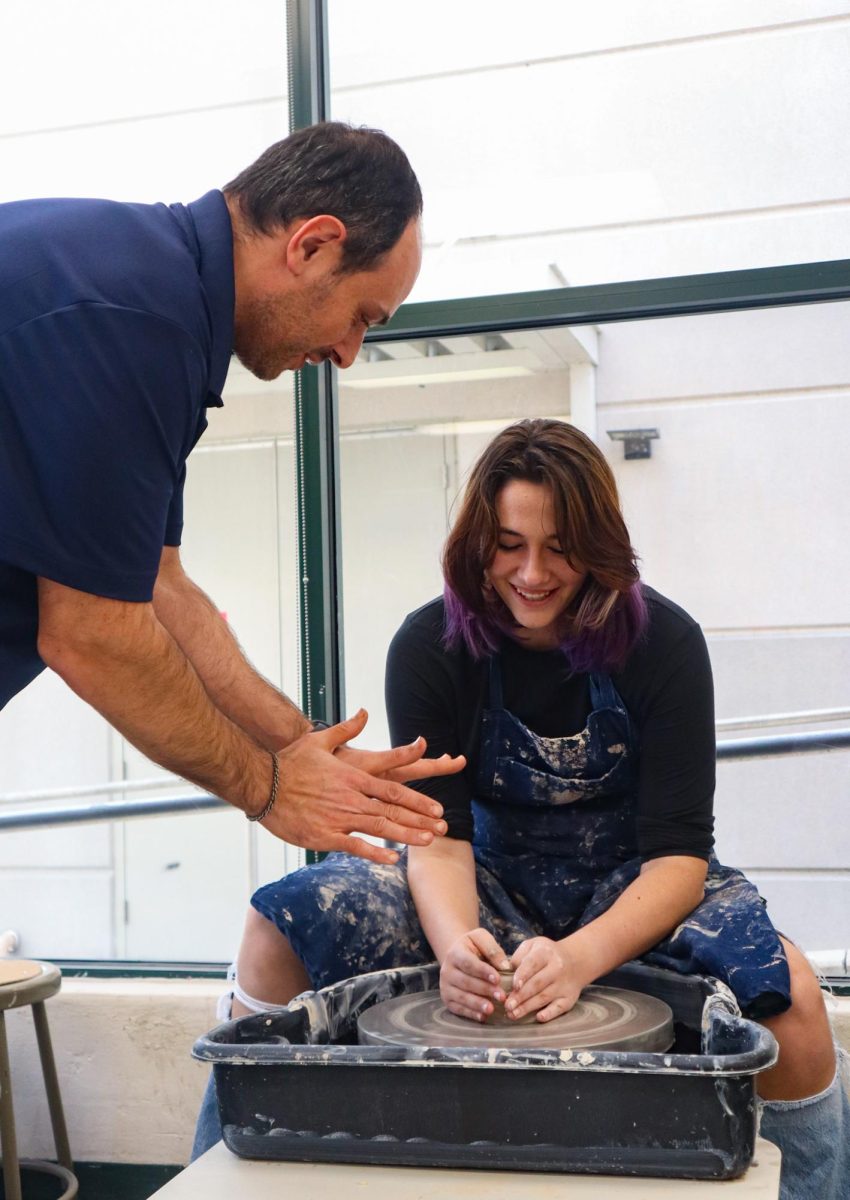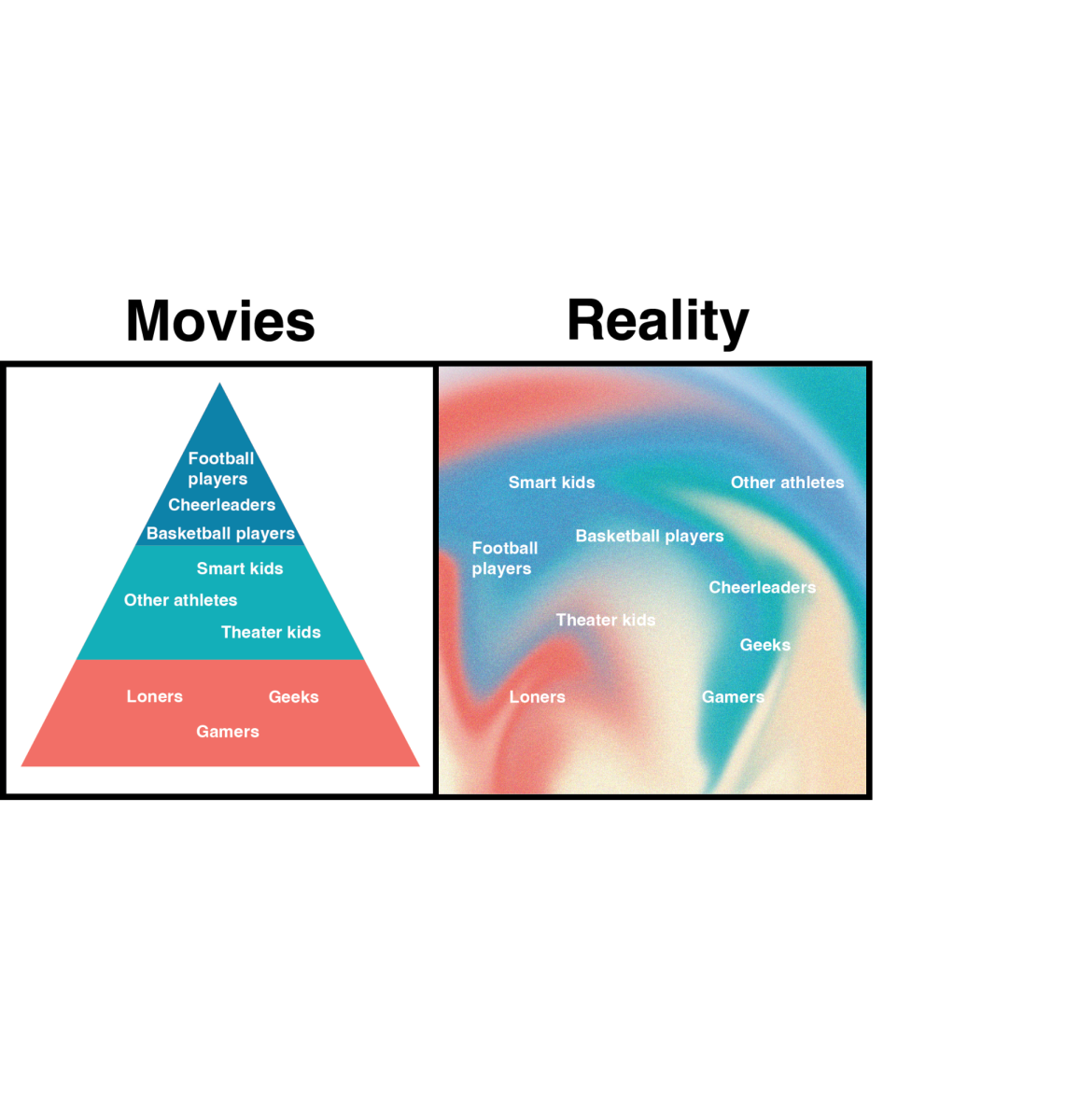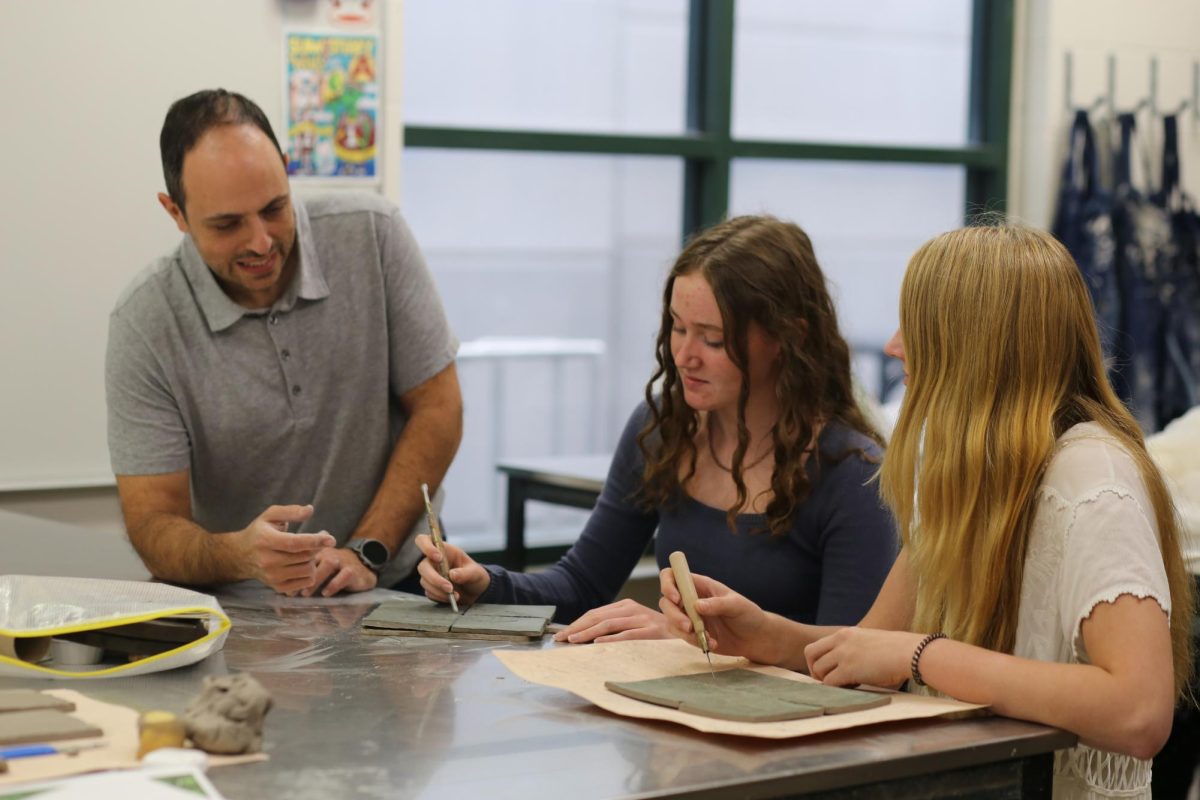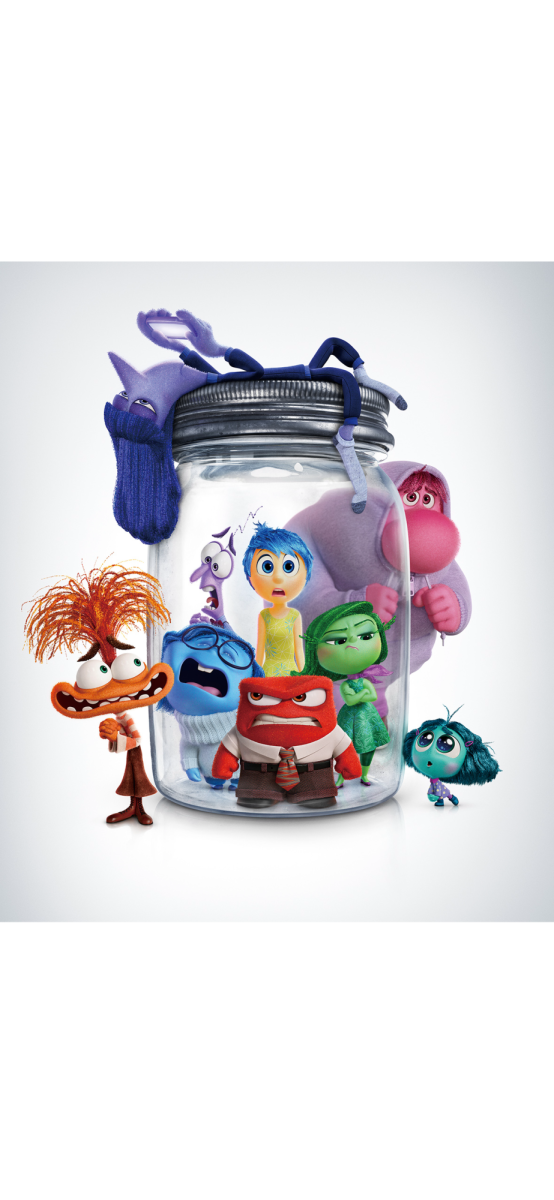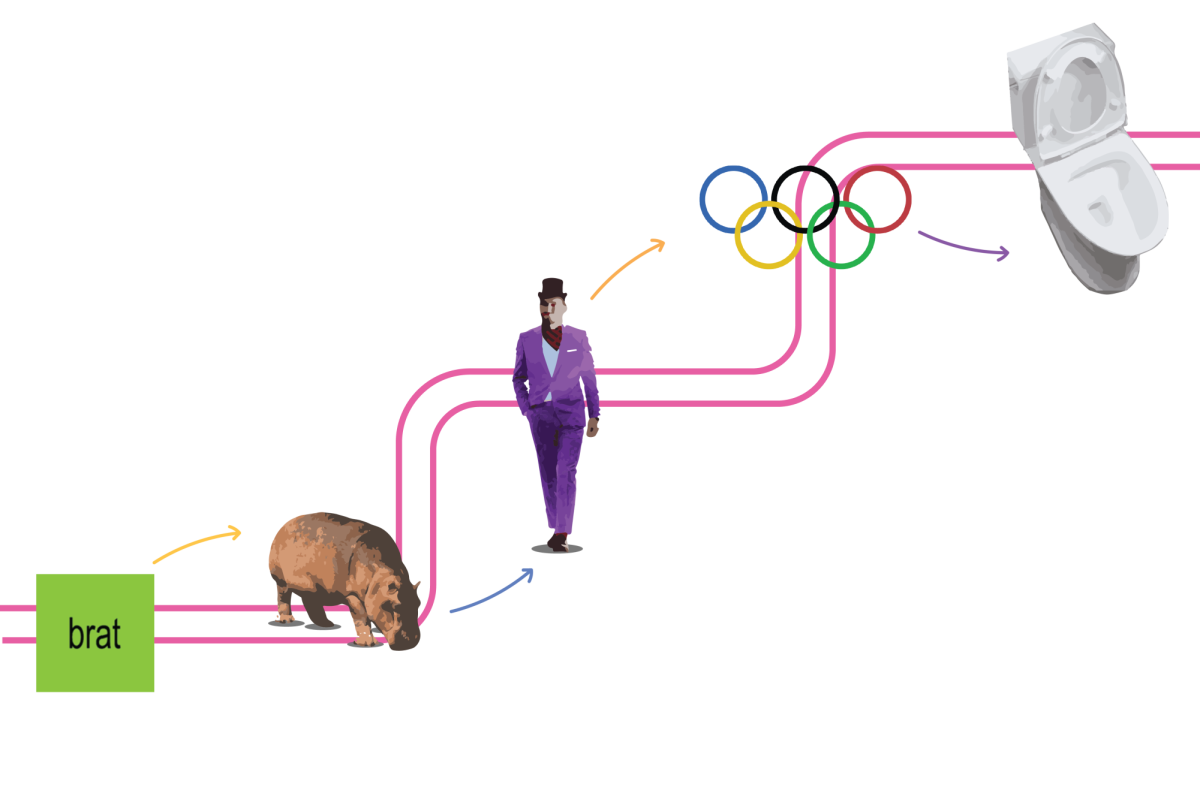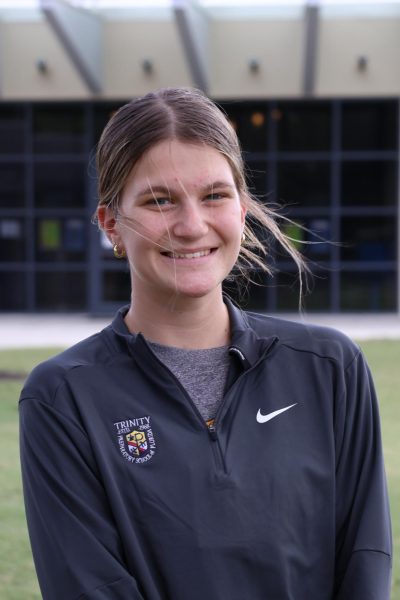As freshman Sophia Caputo walks into ceramics class to craft a bowl, she instantly feels relaxed. After a long day of assessments in other classes, her stress melts away as she hears upbeat music playing.
“The classroom environment is very fun,” Caputo said. “It’s just a good place to be.”
A study from the University of Salford found that a classroom’s environment can affect student learning by 25 percent.
“I want my class to be a fun and relaxing time for students,” fine arts teacher Vadim Malkin said. “It’s a time for them to relax.”
Malkin encourages students to work at their own pace and take creative liberties when it comes to their art projects.
“A good attitude about trying to create art leads [students] to a more effective class period with a better outcome,” Malkin said.
While lecture-based classes are informational, a balance of different class styles is important for productivity.
According to an article published by the University of Wisconsin-Madison, many students only retain information for 15 to 25 minutes in a lecture.
Mathematics department chair Donald Worcester finds that students tend to be more productive when the class is fun and upbeat.
“Productivity is that they are there to learn, to have fun while doing math and laugh while they’re making the mistakes,” Worcester said.
A comfortable classroom environment, where students can talk freely, leads to productivity, confidence and personal growth.
“I want them to be asking questions and actively participating and not wait[ing] until the problem is finished but instead speak[ing] up and getting clarification,” Worcester said.
Math teacher Eric Schneider has a slightly different teaching style, but still maintains an interactive class where all students are able to participate in the lesson.
“[During class] a student will say something that will add on to what everyone else is saying and when that works and we get going, I learn a lot better,” senior Benjamin Pringle said.
In the times that they are doing notes, both teachers explain each concept thoroughly.
“They always did a very good job of explaining the material in a way that was easy to understand,” Pringle said.
Schneider sometimes switches things up and has his students teach. He found that more of his students understood and remembered content when it came from different perspectives.
Schneider also uses innovative classroom strategies to help his students refocus. The lap system requires students who are either being disrespectful or simply not listening to walk a lap around the building. He originally used the lap system for coaching basketball, but adopted it for his students, finding that it acts as a reset for students.
“They’re supposed to walk a lap and collect their thoughts,” Schneider said. “It gives them a chance to refocus.”
Students who take a break become more engaged later in the class period. A good classroom environment engages and creates an elective workspace throughout the school day. By cultivating a positive learning environment, all students can understand and grow.
“The style and feeling inside the class helps by making sure everyone’s [voice is] heard and can obtain the information,” Pringle said.




